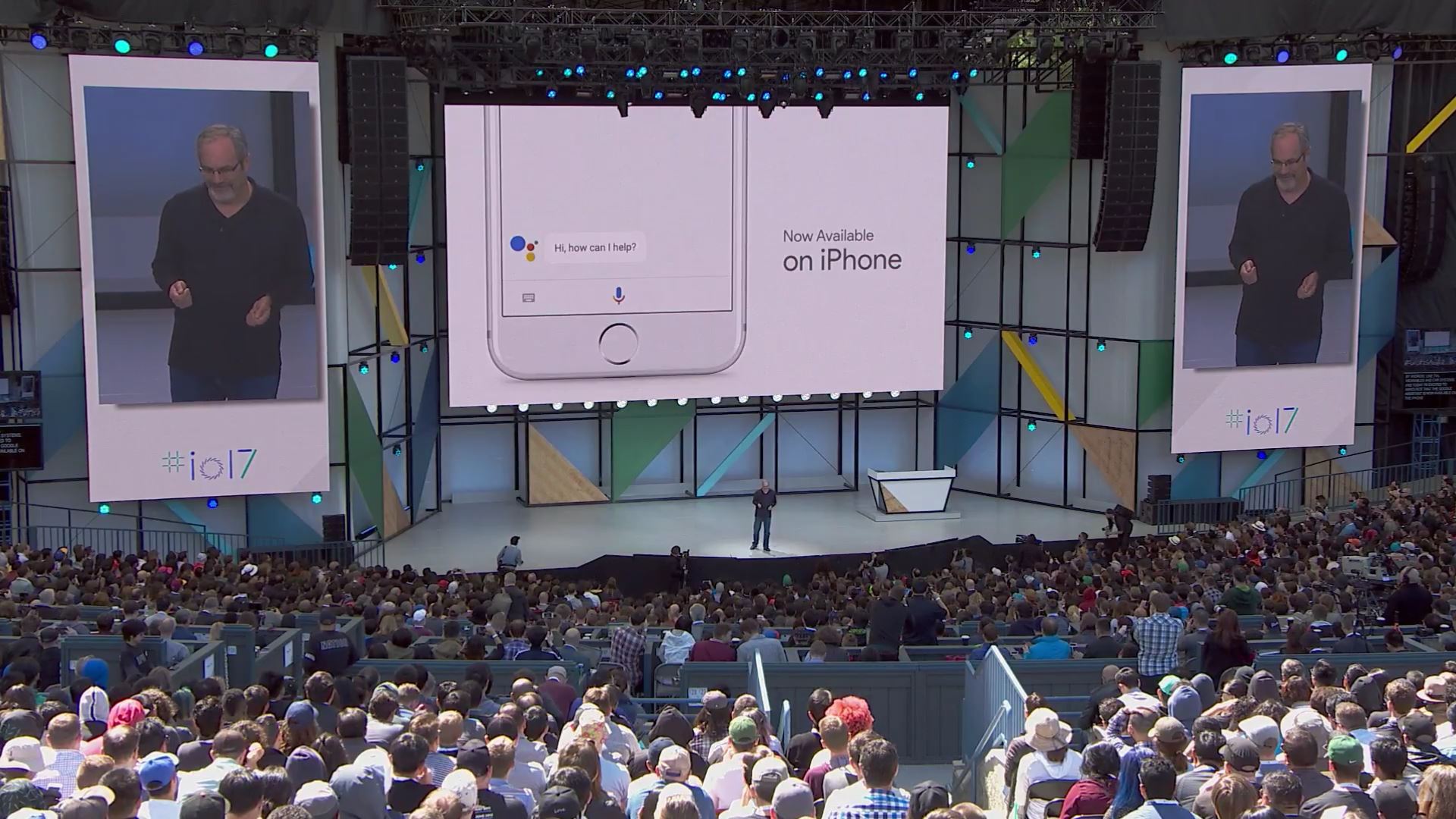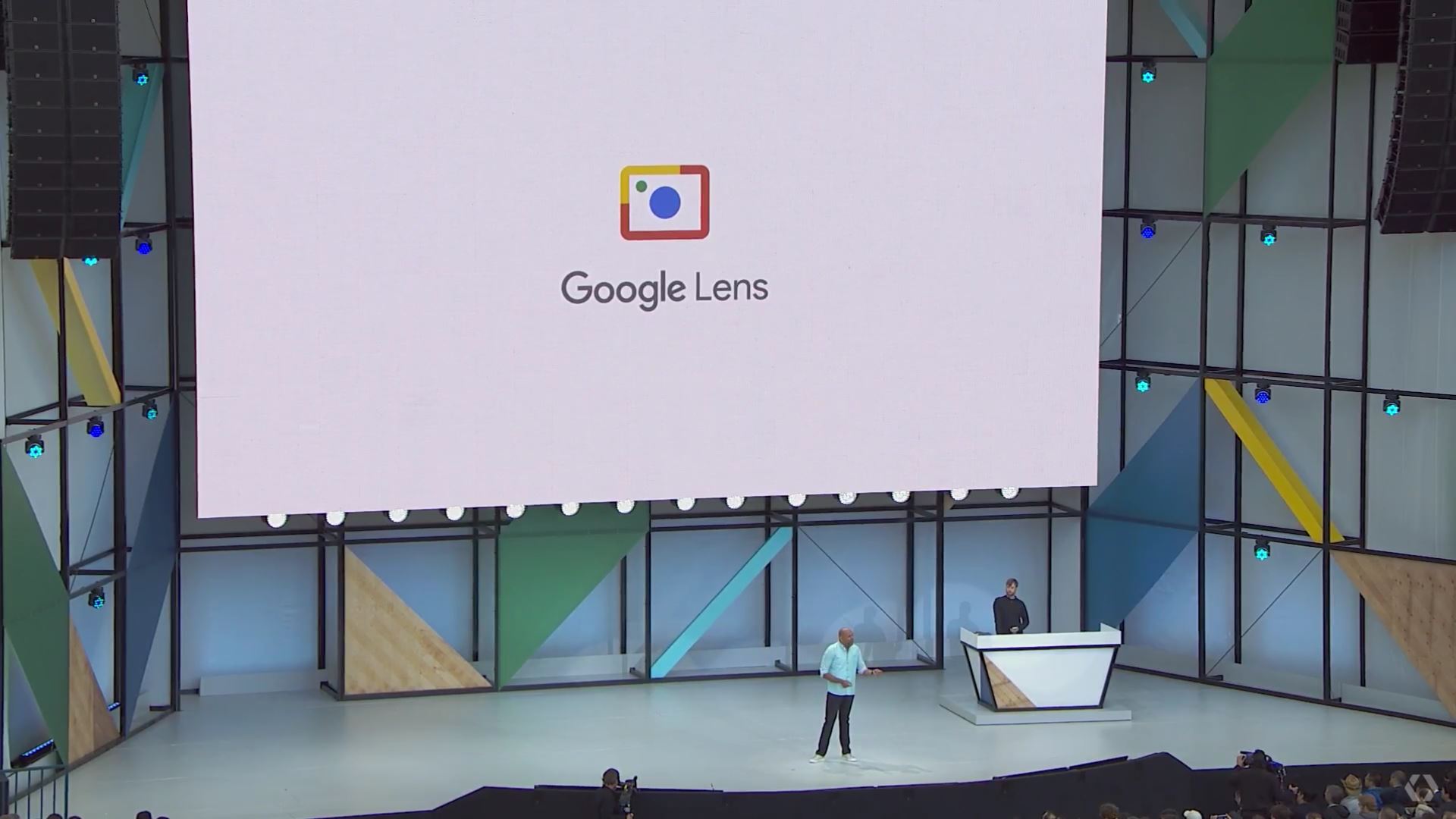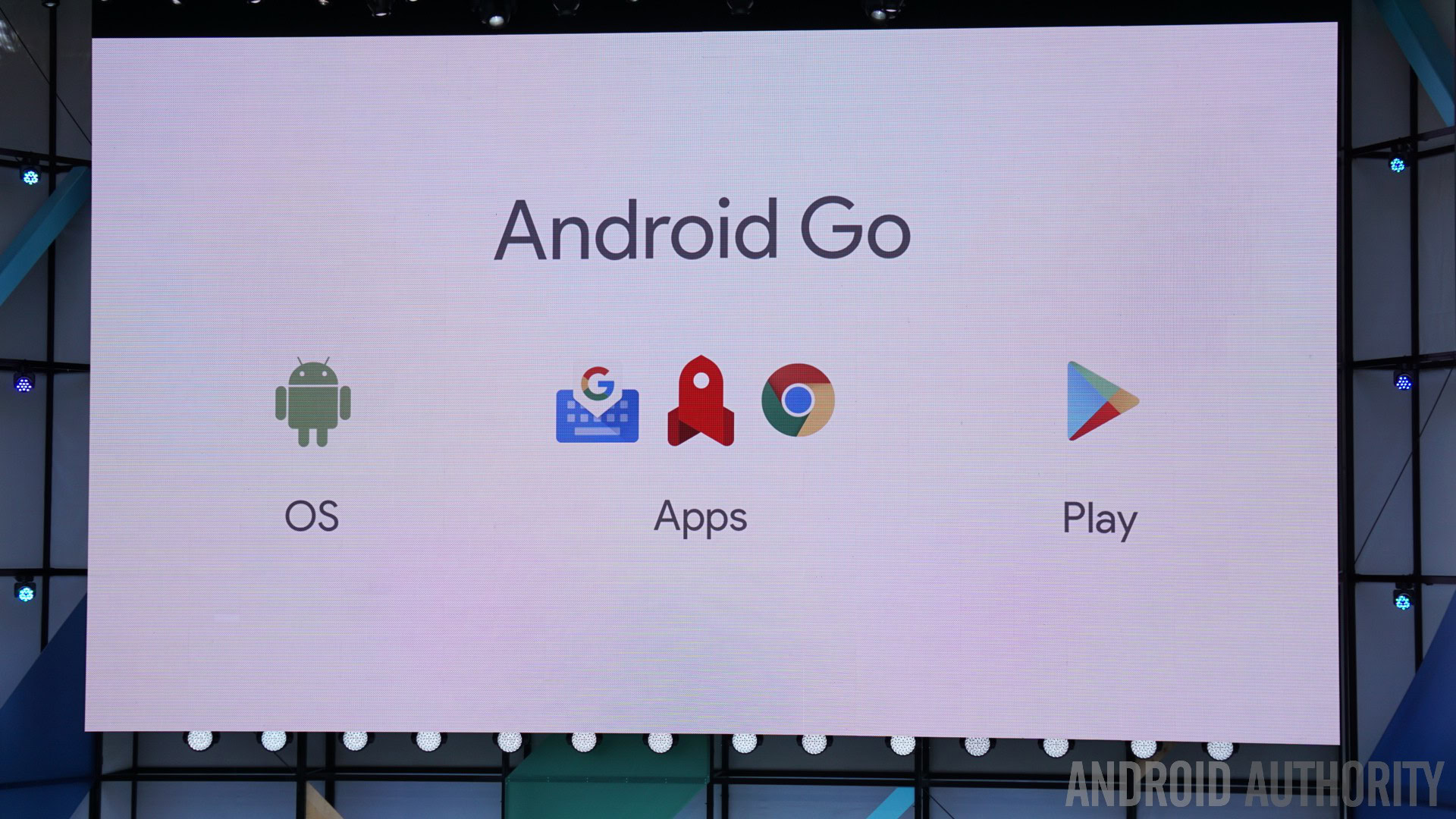Affiliate links on Android Authority may earn us a commission. Learn more.
Here are the five best things that were announced at Google I/O 2017
May 19, 2017
This week, Mountain View, California played host to the annual Google I/O developer conference. As expected, Google CEO Sundar Pichai and the company’s various development teams made a bunch of announcements on new and upcoming products. There was a lot of buzz about the Google Assistant coming to the iPhone – which is now available – but also about future updates to its Google Home connected speaker and plans to launch stand alone Daydream View VR headsets.
Of course, it wouldn’t be a Google I/O without the beta launch of the next Android OS, with the Android O Developer Preview now available for everyone to download. Of course, we don’t recommend doing so on your main device but if you want to install it.
So what do we think were the five best things to come out of this year’s Google I/O? Read on to see which ones we picked from the conference.
Google Assistant on the iPhone launched

Google Assistant was first announced at last year’s Google I/O and was made available via Google’s messaging apps such as Allo, before launching on the Pixel and Pixel XL smartphones and the Google Home speaker later in the year. It’s now available on over 100 million Android smartphones, thanks to Google allowing most Android users to download and install it,
This week, it was announced that Google Assistant is now also available to iOS users, including Apple’s iPhone, where it will compete with its own Siri digital assistant. Google Assistant on the iPhone brings many of the same features that we know and love about the version on Android, but without the tight integration into the OS. iPhone users finally have a viable alternative to Siri, for those that want one at least, and with developer support, Google Assistant on the iPhone will only get better in time.
Google Lens revealed and Google Photos improvements

Google is going all out on making smartphone cameras not only better, but smarter. At Google I/O this week, the company announced Google Lens, which will take information from an image on your smartphone camera and, combined with Google Assistant, will be able to use that information for a variety of tasks. For example, you might be able to connect to a Wi-Fi hotspot just by taking a picture of its password, so you don’t have to type that information. If you point your camera at a restaurant, Google Lens will then show you the rating of that restaurant directly in the camera screen. It will be launched sometime later this year.
Google also announced some improvements for its Photos app and service. They include Suggested Sharing, which will use machine learning to give you recommendations of which photos should be shared to other people. Shared Library will allow you to automatically create and share images with selected family and friends. Google also showed off technology that will allow anyone to remove obstructions in an image, like a fence. Finally, Google Photos launched Photo Books, a quick and easy way to select photos that can be purchased and printed as a physical book that can be delivered to your doorstep in just a few days.
Google Home to add hands-free voice calls and more
Google Home launched in December, and the connected speaker is clearly a big focus at the company. At Google I/O, the company announced that it will soon add support for making outgoing hands-free voice calls for US owners. It will allow them to make free calls to any mobile line or landline in the US for free, without the need for a smartphone. This feature will roll out over the next few months.
In addition to hands-free voice calls, Google Home will be adding even more features soon. They include the ability for users to schedule calendar appointments with their voice, a way for the speaker to offer time-sensitive notifications on its own and more support for streaming content for many more entertainment services, including Spotify, SoundCloud and Deezer.
Daydream-based standalone VR headsets revealed
Google launched its Daydream virtual reality platform around the same time as Android Nougat, but so far only a few phones support using the Daydream View VR handsets. At Google I/O 2017, it was confirmed that Lenovo and HTCwill both launch stand alone Daydream headsets that will not require the attachment of a smartphone. The headsets will use the Qualcomm Snapdragon 835 processor, along with WorldSense positional tracking combined with Google’s own Tango-based tracking technology. Pricing and a release date for these headsets was not revealed this week, but they should be out later this year.
Daydream support is also coming to the Samsung Galaxy S8 and S8 Plus later this year, along with the next big flagship phone from LG. Daydream itself will get a big software update later this year, which will add, among other things, a way to surf the web in VR with Google’s Chrome browser.
Android Go

If we had to pick one thing that might actually be the biggest announcement at Google I/O 2017, it might be the reveal of Android Go, This is Google’s new attempt at offering a version of its OS that’s designed to run on lower-end smartphones that will be sold in emerging markets for very low prices. Google tried to do something similar a few years ago with Android One, but without a lot of sales success. However, this new Android Go sounds like it has a better chance of succeeding.
Google says that Android Go will be optimized to run on smartphones with 1 GB, or even 512 MB, of RAM. Apps will also be optimized to run on the OS; they will have file sizes of 10 MB or lower. One example of such an app is YouTube Go, which has already launched in India. In order to reduce the use of cellular data, it will let users download videos on a Wi-Fi connection for offline viewing, and will also let users select the video quality of their clips before they decide to stream it.
The bad news is that Android Go won’t actually launch until 2018, and we don’t have any word on which phone companies will be a part of the program. However, if Google can make Android Go succeed where Android One could not, it could allow for hundreds of millions of more Android-based smartphones to be sold in markets like India and China.
What do you think?
Google I/O 2017 is in the history books but we want to know what you think about its latest event. Do you agree with our list of the top five highlights from the conference, or do you have some other announcements and reveals that should be on this list instead? Let us know your opinions in the comments!
Thank you for being part of our community. Read our Comment Policy before posting.